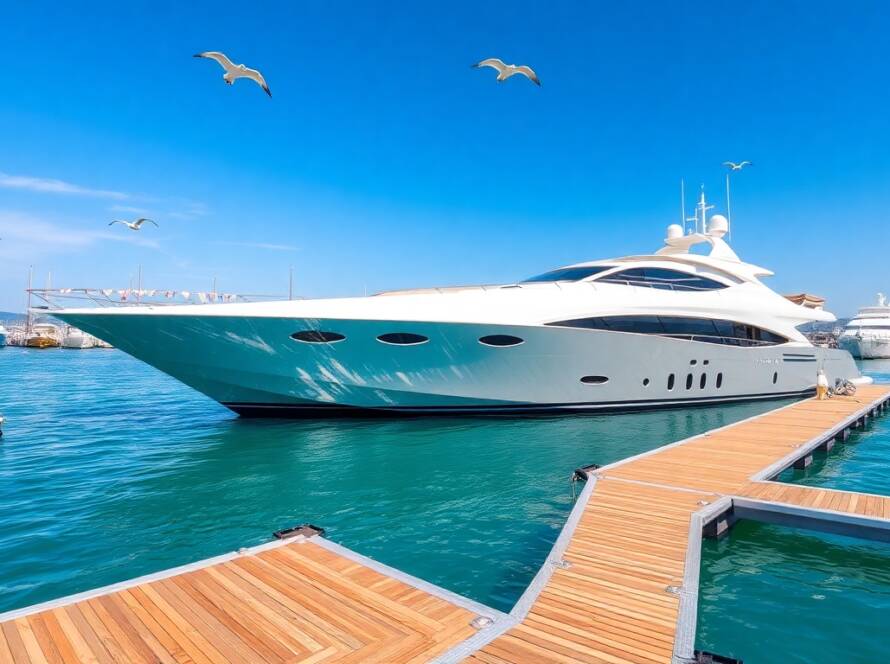Building or refitting a yacht is no small feat. It’s a journey filled with excitement, challenges, and a fair share of decisions. Whether you’re dreaming about a brand-new vessel or considering a yacht refit, understanding the process is crucial. Many people dive into yacht ownership without realizing the intricacies involved. The right knowledge can make all the difference.
So, what does it take to embark on this adventure? First, you need to grasp the basics of yacht design. A yacht isn’t just a boat; it’s a blend of aesthetics, functionality, and performance. Each element plays a pivotal role in the construction and refit process. For instance, a sleek design not only looks good but also enhances speed and efficiency on the water.
When it comes to materials, choices like fiberglass, aluminum, and wood are common. Each has its pros and cons. Fiberglass is lightweight and easy to maintain, while aluminum offers durability and strength. Understanding these materials is essential, especially if you’re considering a yacht refit and repair.
Moreover, the environmental impact of your choices cannot be overlooked. Using sustainable materials and methods can help protect marine ecosystems, a point that is becoming increasingly important in yacht building today.
In Turkey, the “ağanlar shipyard & marina yacht building refit brokerage” stands out as a leader in the industry. They provide top-notch services for yacht refit companies and ensure that every project meets high standards. Whether it’s a complete overhaul or minor repairs, knowing where to turn for expert help is invaluable.
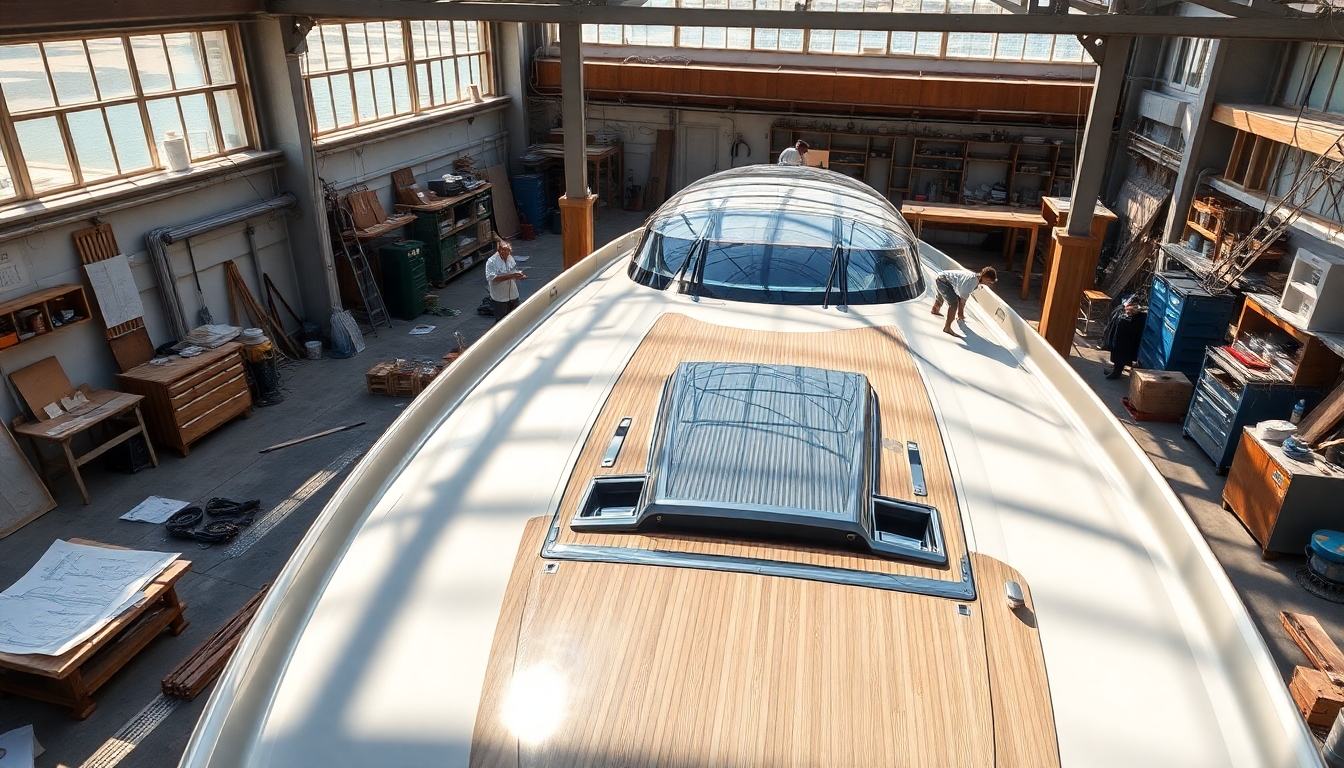

Understanding Yacht Design
When it comes to yacht design, there’s a lot more than just looks. It’s about creating a vessel that is not only beautiful but also functional and efficient. Think of it like building a dream home, but on water! You want it to reflect your style while ensuring it performs well in various conditions.
At the core of yacht design are three main principles: aesthetics, functionality, and performance. Aesthetics involve the visual appeal of the yacht. This is where designers often draw inspiration from various sources, including yacht design magazines that showcase the latest trends. Functionality is about how the yacht will be used. Will it be for leisurely cruising or racing? Lastly, performance focuses on how well the yacht handles in the water, which can be influenced by materials and design choices.
Designers often use tools like yacht design CAD software to create precise plans. This technology allows for detailed sketches and modifications, making it easier to visualize the final product. For those interested in learning more, universities such as the University of Genoa offer specialized programs in yacht design that cover everything from basic principles to advanced techniques.
In Turkey, especially in cities like Istanbul, yacht design is thriving. Designers are constantly pushing the envelope, creating unique yacht design plans that cater to both local and international markets. Whether you’re looking for a simple yacht design sketch or a complex blueprint, understanding these elements is crucial for anyone involved in yacht building or refitting.
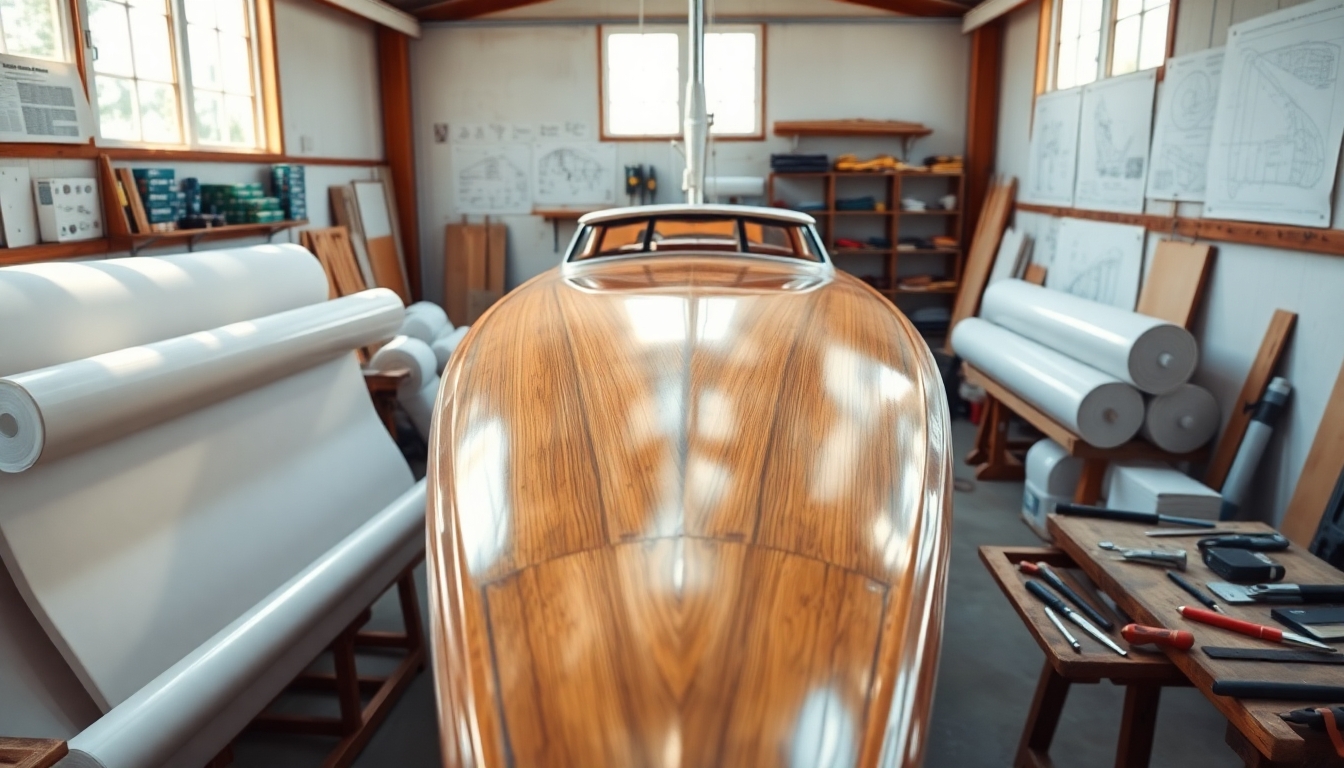

Materials Used in Yacht Construction
When diving into yacht construction, understanding the right materials is crucial. Each material brings its own set of characteristics, affecting durability, weight, and maintenance. Let’s break down the most common yacht construction materials used today.
First up is fiberglass. This lightweight material is popular for its strength and resistance to corrosion. It’s like the superhero of the yacht world, providing a smooth finish that helps with speed and fuel efficiency. However, it can be sensitive to UV rays and requires regular maintenance to keep it looking sharp.
Then we have aluminum. This metal is known for its durability and strength, making it a great choice for larger vessels. It’s like the sturdy friend who can carry heavy loads without breaking a sweat. But, it does come with its own set of challenges, like the need for protective coatings to prevent corrosion.
And let’s not forget about wooden yacht construction. Wood offers a classic aesthetic that many find appealing. It’s warm, inviting, and can be incredibly strong when properly treated. However, it requires more maintenance to prevent rot and damage from the elements.
| Material | Advantages | Disadvantages |
|---|---|---|
| Fiberglass | Lightweight, corrosion-resistant | UV sensitivity, regular maintenance needed |
| Aluminum | Durable, strong | Requires protective coatings, can be expensive |
| Wood | Aesthetic appeal, strong when treated | High maintenance, susceptible to rot |
In summary, choosing the right material for yacht construction is a balance between aesthetics, functionality, and long-term maintenance. Each option has its pros and cons, so it’s essential to consider what fits your needs best.
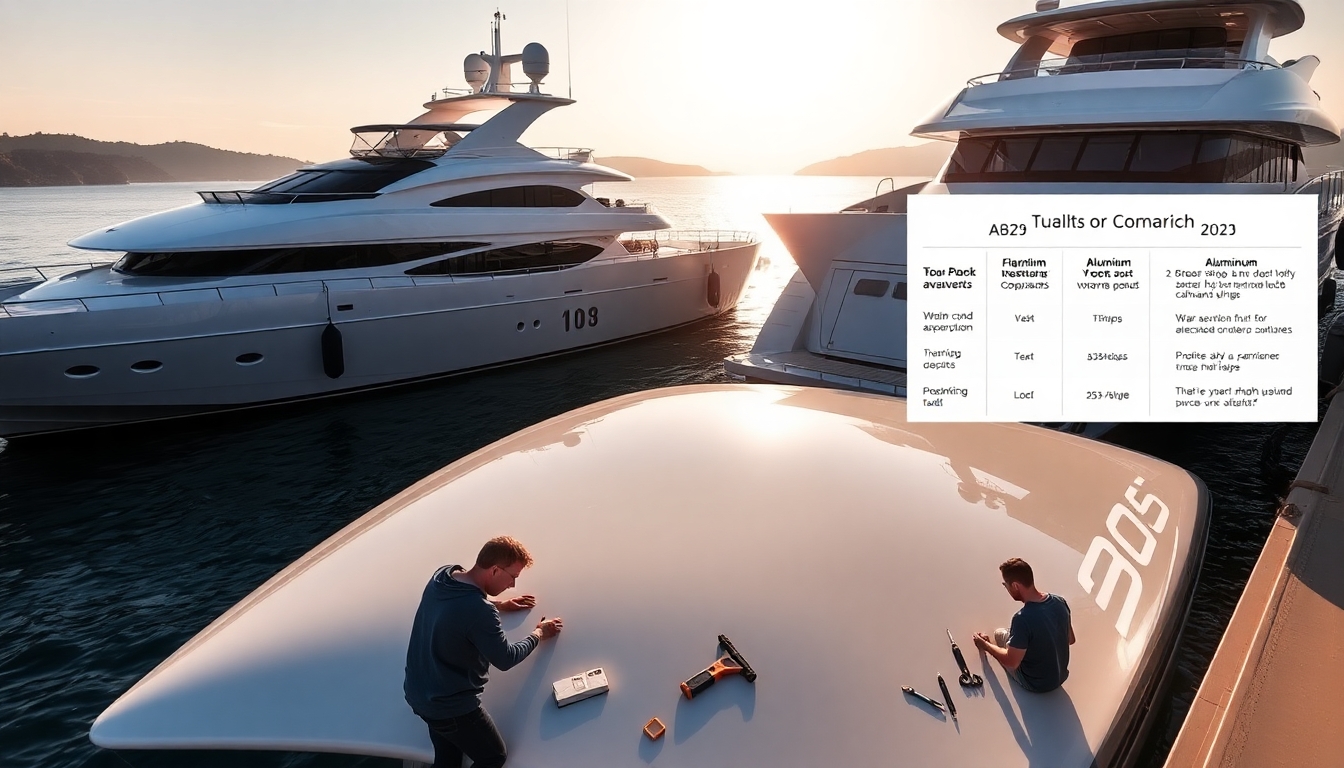

Fiberglass vs. Aluminum
When it comes to yacht construction materials, two of the most popular choices are fiberglass and aluminum. Each has its own unique characteristics that can significantly impact the vessel’s performance and longevity. Let’s dive into the details!
Fiberglass is often favored for its lightweight nature and ease of shaping. This fiberglass yacht material allows for sleek designs that can enhance speed and fuel efficiency. Plus, it’s relatively low maintenance, which is a huge plus for busy yacht owners. However, it can be prone to damage from impacts and UV exposure, requiring regular upkeep to maintain its appearance and integrity.
On the other hand, aluminum offers remarkable strength and durability. It’s resistant to corrosion, especially when properly treated. This makes it a solid choice for those looking for longevity in their yacht hull construction materials. Yet, aluminum can be heavier, which may affect speed and maneuverability. Additionally, it requires a bit more maintenance to prevent oxidation.
So, which material is right for you? It often depends on your specific needs and how you plan to use your yacht. If speed and aesthetics are your top priorities, fiberglass might be the way to go. But if strength and durability are what you seek, aluminum could be your best bet. Ultimately, understanding these differences can help you make an informed decision.
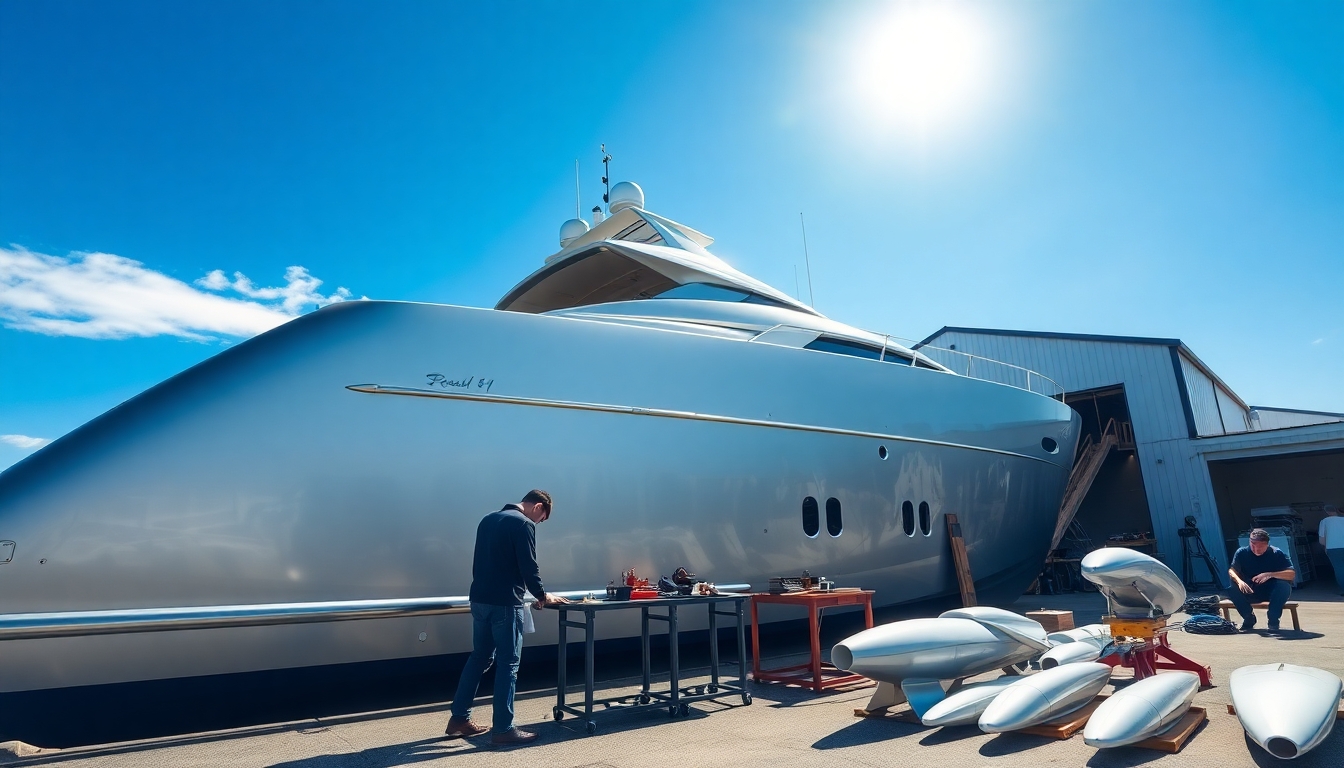

Maintenance Considerations
When it comes to yacht maintenance, understanding the specific needs of your vessel is crucial. Just like a car, a yacht requires regular check-ups to keep it running smoothly. Think of it as a yacht maintenance checklist that you can follow to avoid costly repairs down the line. Regular inspections can help catch issues early, saving you both time and money.
For fiberglass yachts, common maintenance tasks include checking for gel coat cracks, ensuring the hull is clean, and monitoring the condition of the fittings. On the other hand, aluminum yachts require attention to corrosion and regular cleaning to maintain their shine. Each material has its quirks, and knowing them can make a significant difference in your yacht’s longevity.
Now, let’s talk about yacht maintenance cost. While it might seem daunting, budgeting for maintenance can actually be quite manageable. Setting aside a little each month can help cover unexpected repairs. Plus, keeping up with maintenance often enhances your yacht’s value, making it a worthy investment.
In conclusion, whether you own a fiberglass or aluminum yacht, staying on top of maintenance is key. It’s not just about keeping your yacht looking good; it’s about ensuring safety and performance on the water. So, grab that checklist and get started!
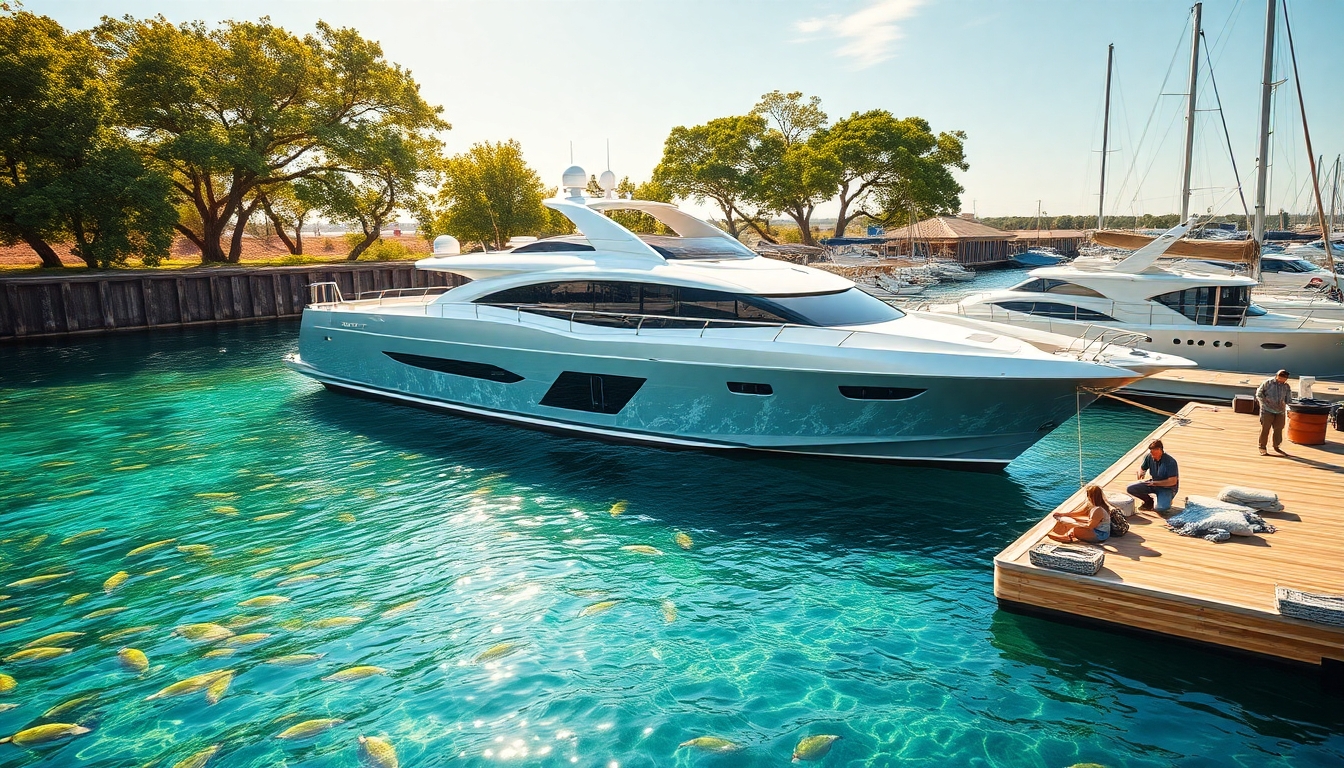

Environmental Impact
The environmental impact of yacht construction is a topic that cannot be overlooked. As we navigate the waters of modernity, we must consider how our choices affect marine ecosystems. The materials we use play a significant role in this equation. For instance, traditional materials like fiberglass and aluminum have their pros and cons. While fiberglass is lightweight and durable, it can contribute to plastic pollution if not disposed of properly. On the other hand, aluminum is recyclable, making it a more sustainable option.
Moreover, the concept of a self sustaining yacht is gaining traction. These vessels incorporate renewable energy sources, such as solar panels and wind turbines, to minimize their carbon footprint. This shift not only benefits the environment but also enhances the experience of yachting. Imagine sailing without the constant hum of a generator or worrying about fuel consumption!
In addition, being part of a sustainable yachting network promotes eco-friendly practices among yacht owners. By sharing knowledge and resources, we can collectively reduce our impact on the oceans. This collaboration can lead to innovative solutions, like using biodegradable materials or developing better waste management systems.
Ultimately, the choices we make in yacht building and refitting can contribute to healthier oceans. By prioritizing sustainability, we ensure that future generations can enjoy the beauty of the sea just as we do today.


Innovations in Yacht Technology
The world of yacht technology is constantly evolving, much like the waves of the ocean. Today, modern yachts are not just about luxury; they are becoming smarter and more efficient. Imagine stepping onto a vessel that can adjust its sails automatically, optimizing for the best wind direction. This is just one of the many innovations enhancing the yachting experience.
One significant advancement is the integration of smart systems. These systems allow yacht owners to control lighting, climate, and entertainment systems through their smartphones or tablets. Picture this: you’re lounging on deck, and with a simple tap, you can dim the lights below or set the perfect temperature. It’s convenience at your fingertips!
Additionally, eco-friendly solutions are gaining traction. Many yacht builders are now using renewable energy sources, like solar panels, to power onboard systems. This not only reduces fuel consumption but also minimizes the environmental footprint. It’s a win-win for both yacht enthusiasts and marine ecosystems.
| Technology | Benefits |
|---|---|
| Smart Systems | Convenience and control |
| Solar Energy | Reduced fuel usage |
| Advanced Navigation | Improved safety and efficiency |
Moreover, innovations in navigation technology are enhancing safety. With advanced GPS and radar systems, navigating tricky waters becomes a breeze. These tools not only provide precise locations but also help in avoiding hazards, ensuring a smooth journey.
In conclusion, the innovations in yacht technology are reshaping how we experience the sea. From smart systems to eco-friendly practices, these advancements ensure that yachting remains a thrilling and responsible adventure.
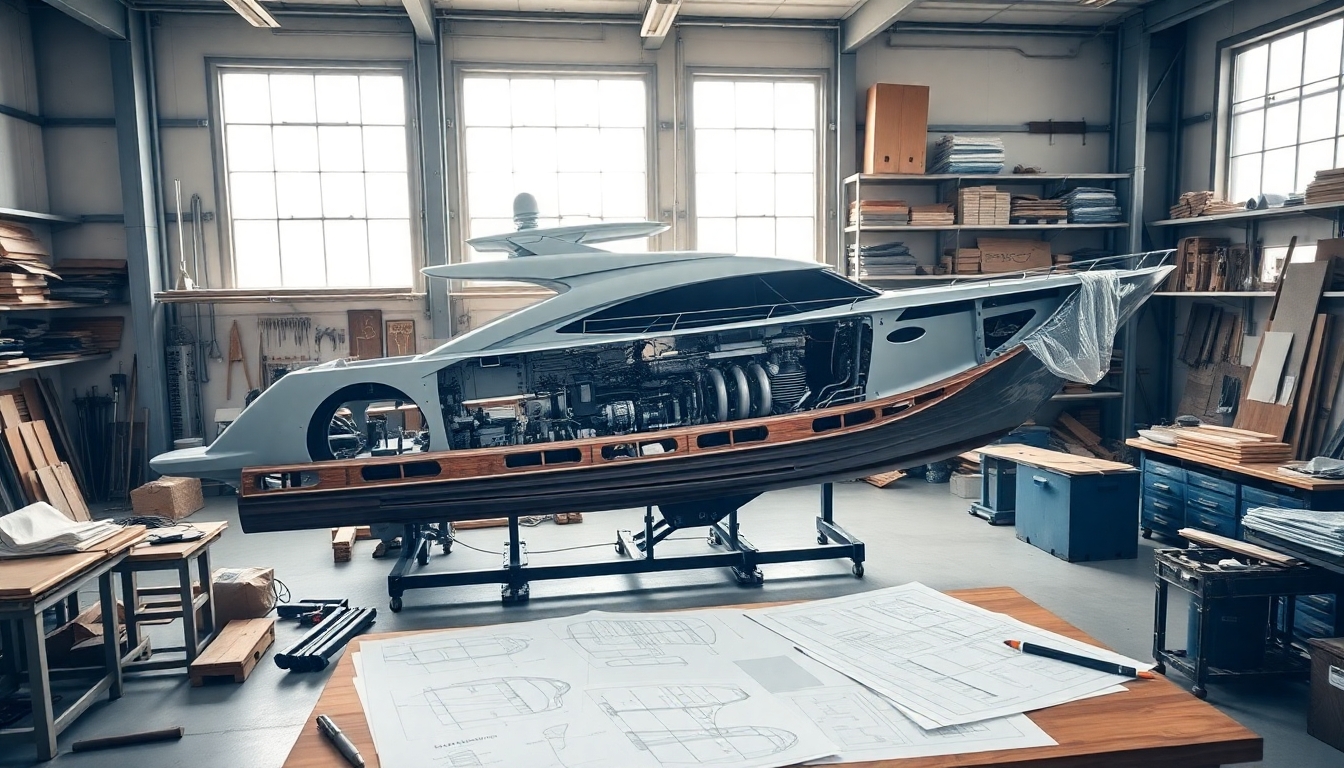

Refitting Existing Yachts
Refitting existing yachts is an exciting journey. It’s like giving your boat a brand-new lease on life. Whether you’re looking to enhance comfort or improve performance, a yacht refit can transform your vessel into something spectacular. But where do you start? First, assess the current condition of your yacht. This step is crucial. You want to identify what needs fixing or upgrading.
Once you have a clear picture, it’s time to plan your upgrades. Think about the yacht interior refit. A fresh interior can make your time on the water much more enjoyable. Consider modernizing your galley or refreshing the upholstery. It’s all about creating a space that feels like home while adding value to your investment.
Next, you might want to explore the benefits of working with yacht refit companies. They bring expertise and resources to the table, ensuring your refit goes smoothly. From yacht refit and repair to specialized projects, these professionals can guide you through the process. And if you’re considering locations, yacht refit Turkey is known for its skilled craftsmen and competitive pricing.
Remember, a successful refit is not just about aesthetics. It’s about enhancing the overall performance of your yacht. By focusing on both the interior and essential upgrades, you can enjoy a vessel that not only looks great but performs exceptionally. So, are you ready to embark on this transformation?
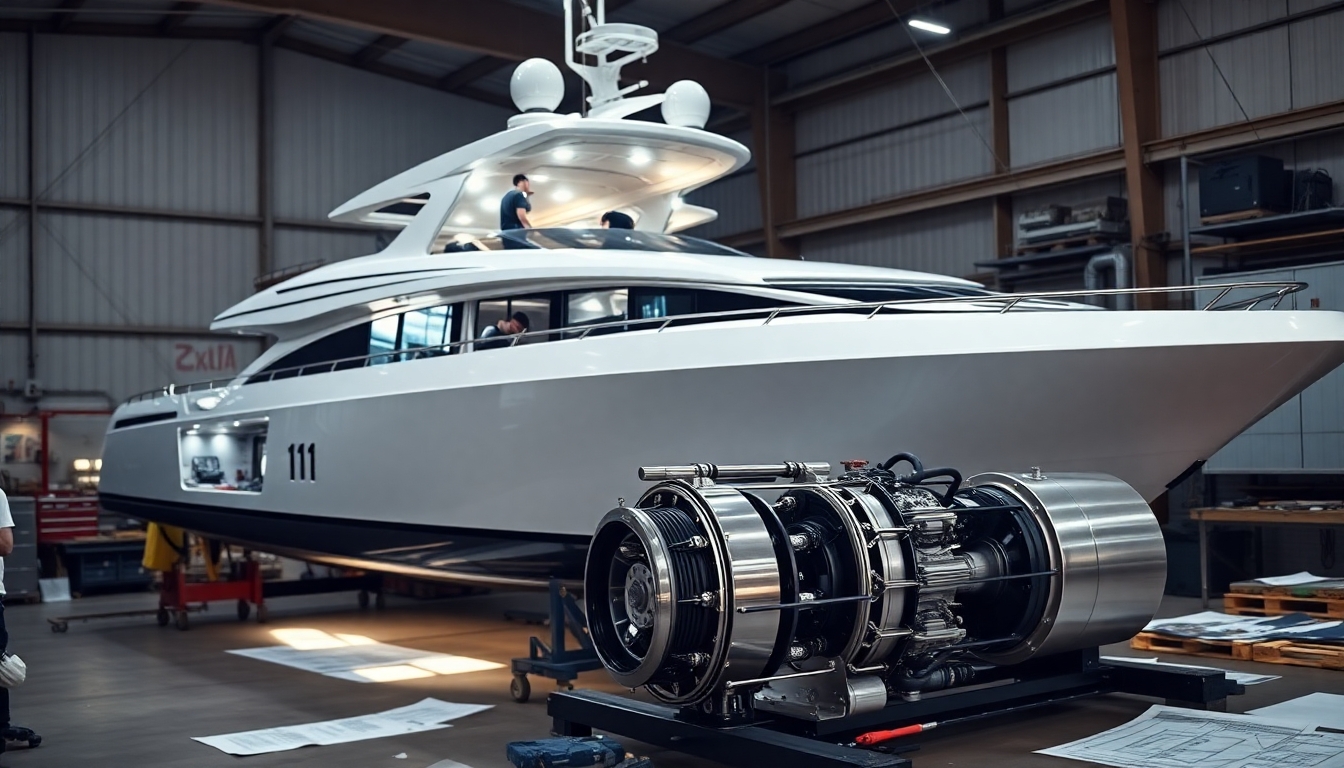

Common Refitting Projects
When it comes to a yacht refit, the possibilities are nearly endless. Owners often find themselves eager to breathe new life into their vessels. Whether it’s a simple upgrade or a full overhaul, certain projects tend to be more common than others. One popular choice is the yacht interior refit. This involves redesigning the living spaces to enhance comfort and style. Imagine stepping into a modern, airy salon where every detail reflects personal taste.
Another frequent project is engine upgrades. Older engines can be less efficient and more prone to issues. By opting for a modern engine, not only can you improve performance, but you also boost fuel efficiency. This can make a world of difference during long voyages.
Hull modifications are also on the list. Adjusting the hull can enhance speed and stability. It’s fascinating how a few tweaks can transform a yacht’s performance on the water. And let’s not forget about technology upgrades. Installing smart systems can greatly improve navigation and safety.
In summary, here are some common refitting projects:
- Yacht interior refit
- Engine upgrades
- Hull modifications
- Technology enhancements
Choosing the right yacht refit companies can help ensure these projects are executed flawlessly. And if you’re considering a yacht refit Turkey, you’ll find skilled professionals ready to assist. Each refit not only enhances the yacht’s value but also elevates the overall experience on the water.
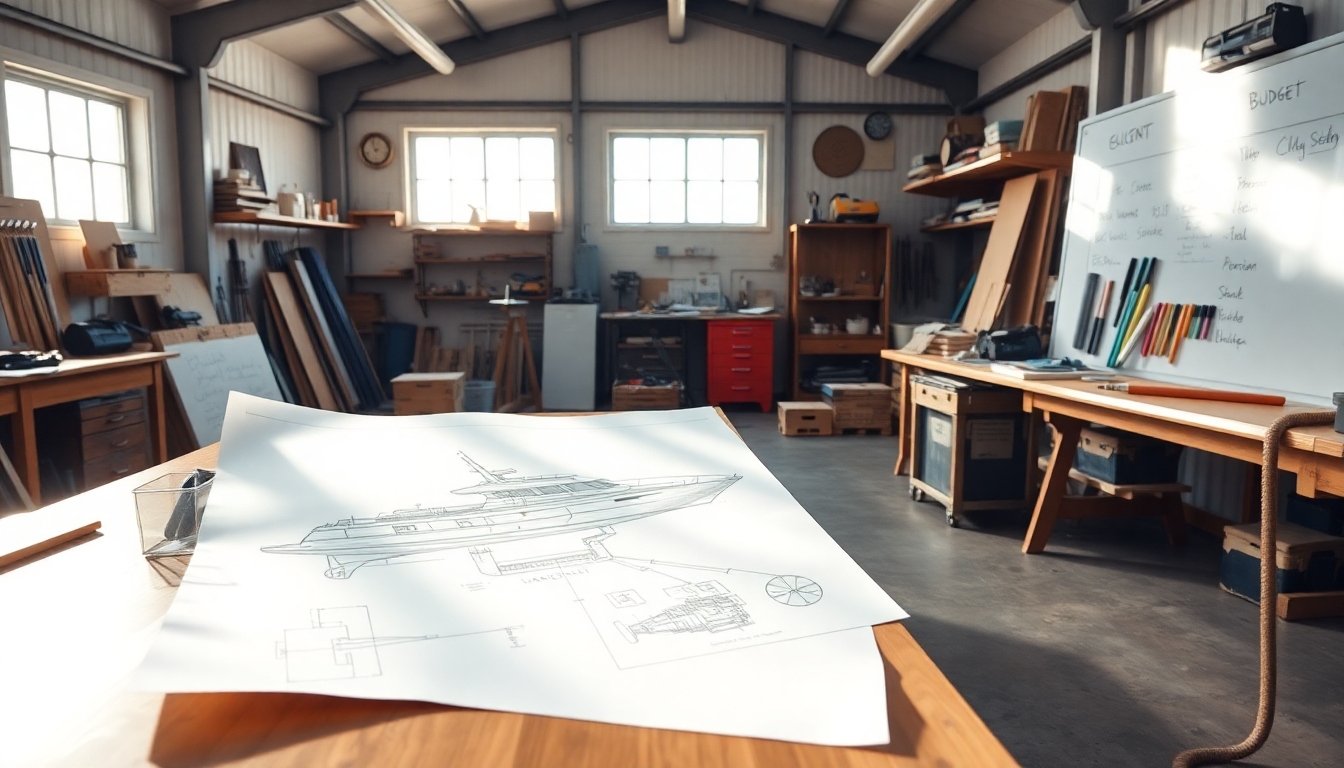

Budgeting for a Refit
When it comes to refitting a yacht, budgeting is key. It’s not just about throwing money at problems; it’s about smart planning. Think of it like renovating a house. You wouldn’t start without knowing how much you can spend, right? The same goes for your yacht. Start by assessing your needs. What upgrades are essential? What can wait?
Creating a realistic budget involves several steps. Begin with a detailed assessment of your yacht’s current condition. This will help you identify immediate repairs versus long-term enhancements. Next, prioritize your projects. Consider these aspects:
- Engine upgrades: Are they necessary for better performance?
- Interior redesigns: How can you enhance comfort?
- Hull modifications: Will they improve durability?
Don’t forget to include a contingency fund in your budget. Unexpected costs can crop up, just like surprise repairs in a home. A good rule of thumb is to set aside at least 10-15% of your total budget for these surprises.
Finally, keep track of your expenses throughout the refitting process. Use a simple spreadsheet to monitor costs. This way, you can adjust your plans as needed without going overboard. Remember, a well-planned budget not only keeps you within financial limits but also ensures your yacht transformation is a success!

